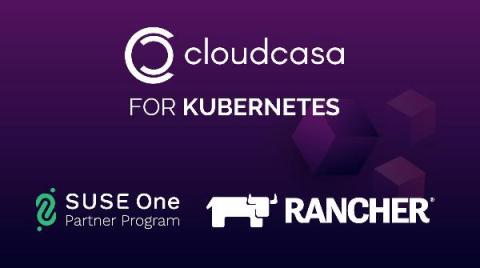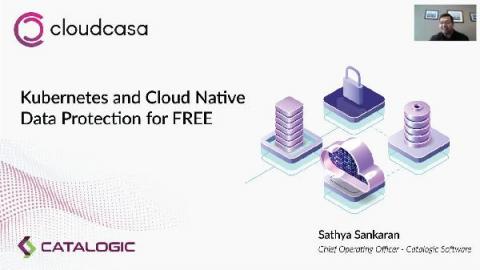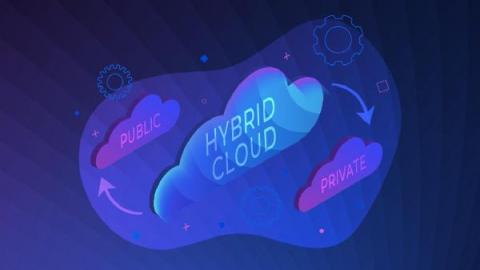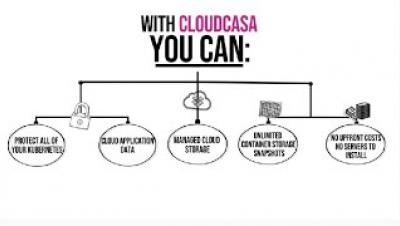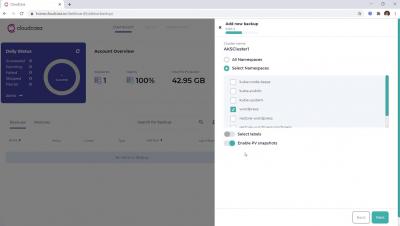Data Protection for SUSE Rancher Managed Clusters is Easy with CloudCasa
Why you Need Data Protection for Kubernetes Now that you have SUSE Rancher managing your Kubernetes applications, you need to consider how to further protect your application data. While Kubernetes is designed to provide a zero-downtime environment, service interruptions can happen, as well as human and programmatic errors and of course the dreaded ransomware and cyber-attacks.


